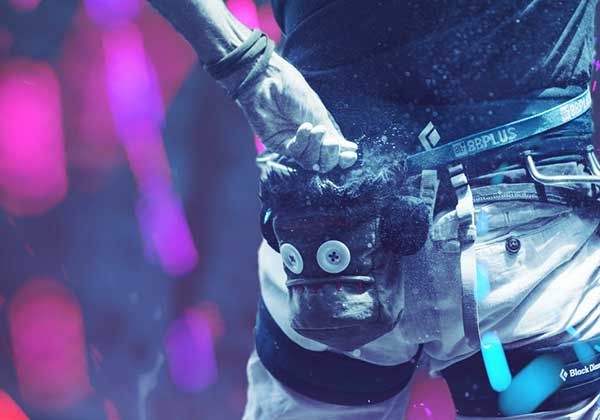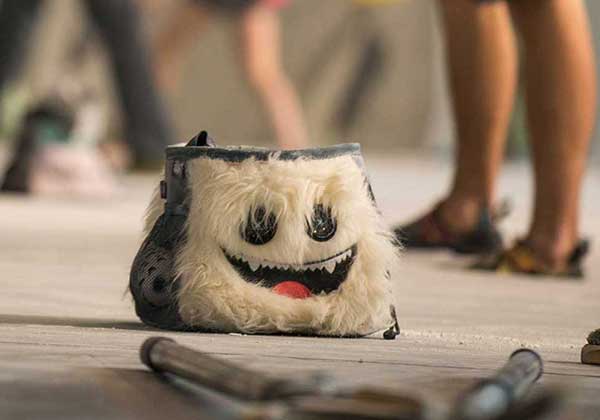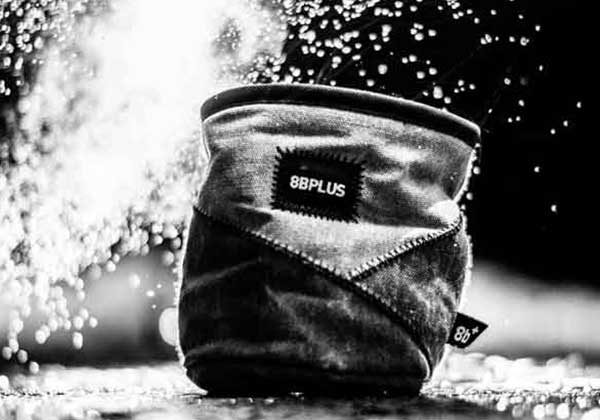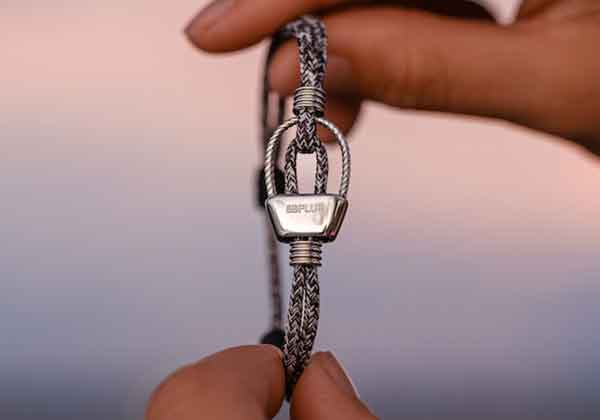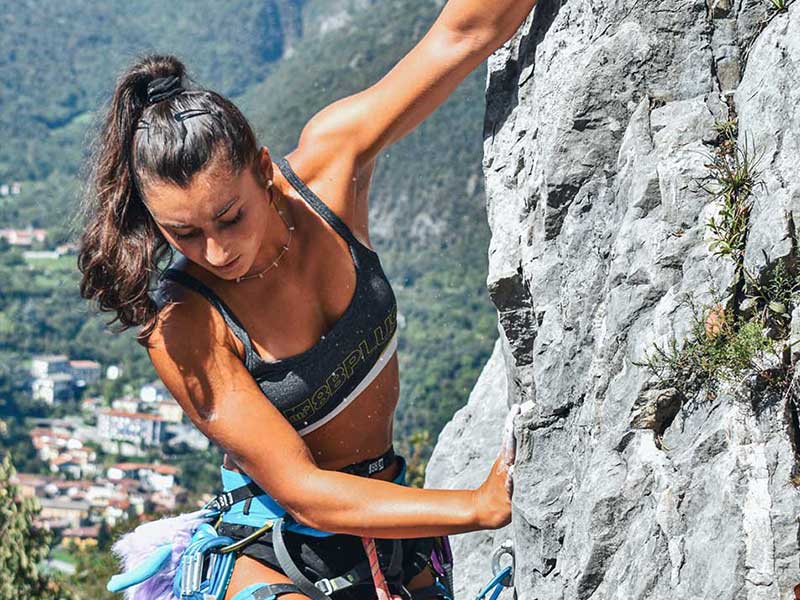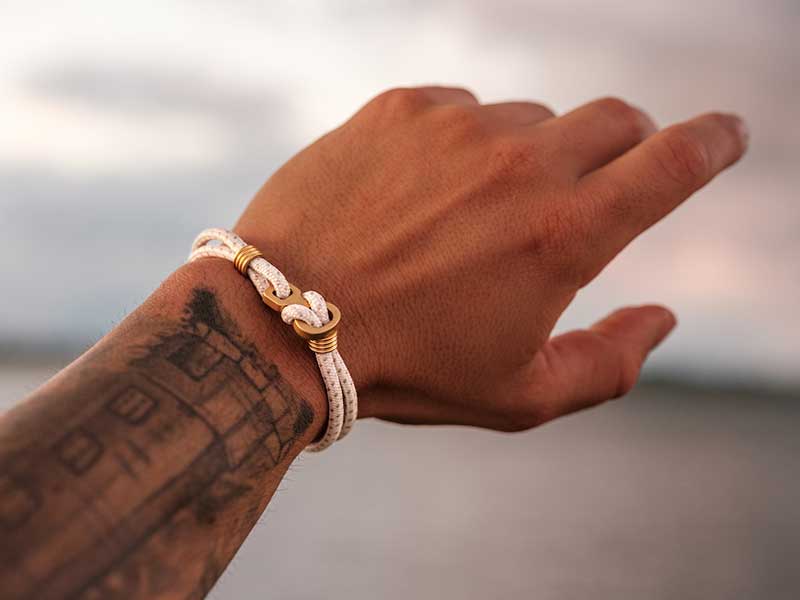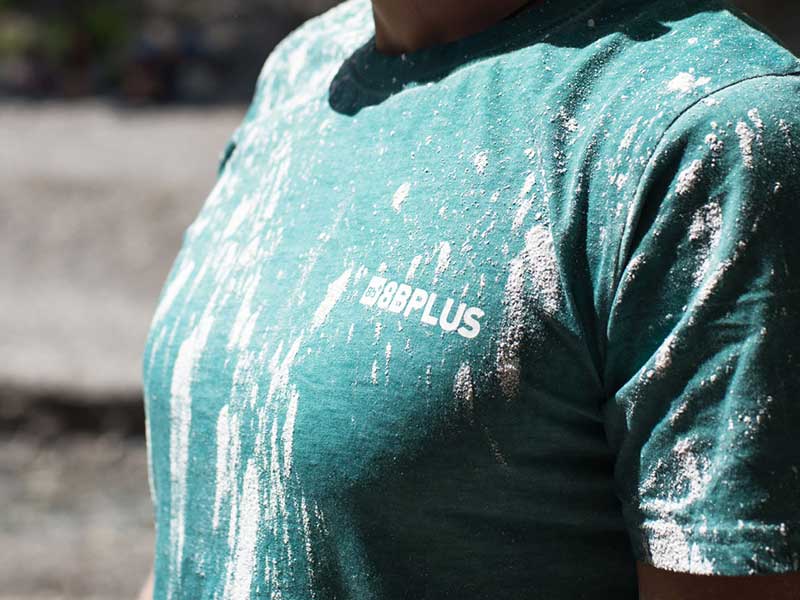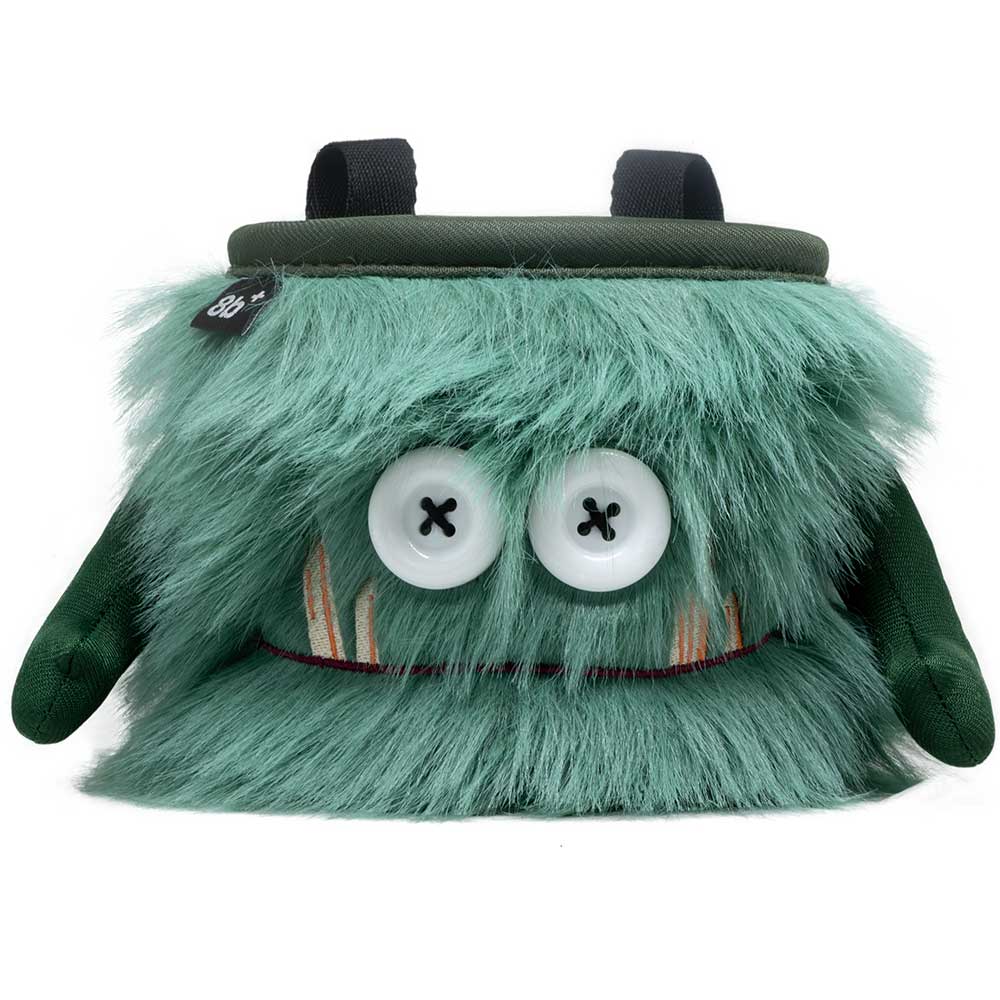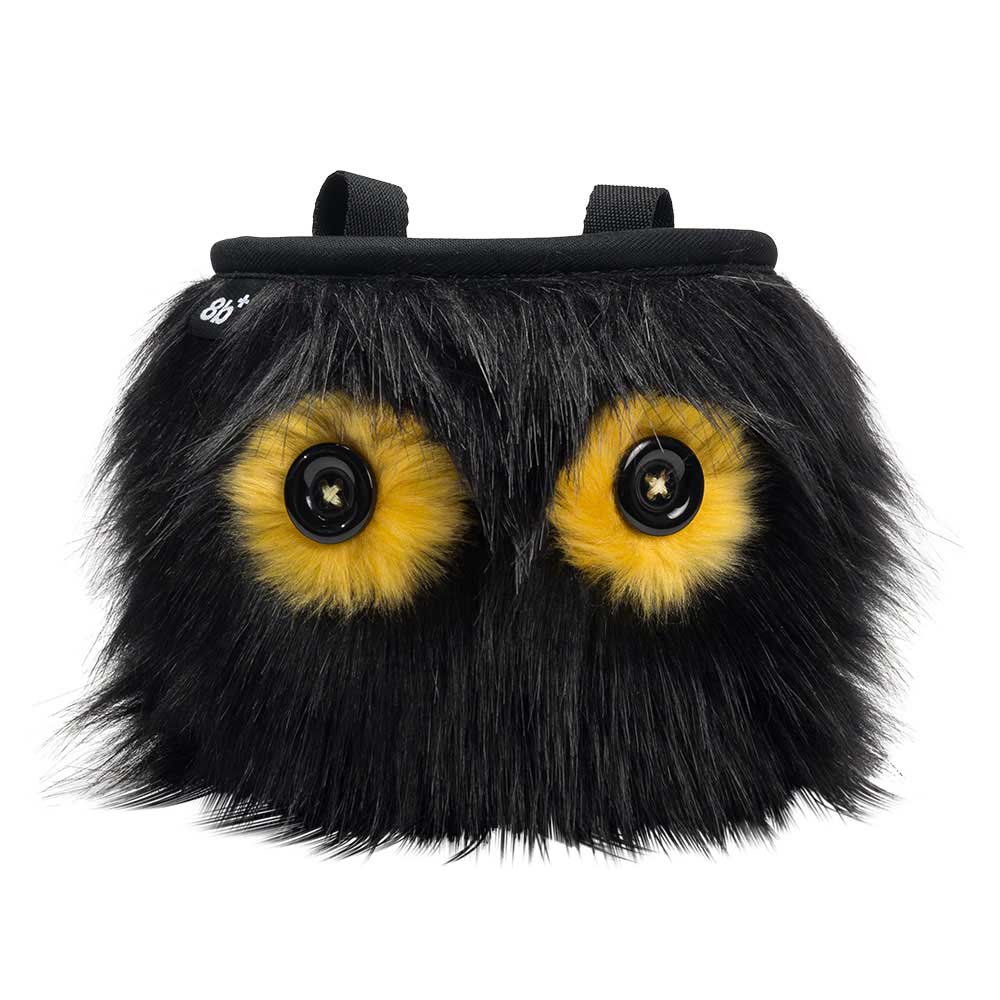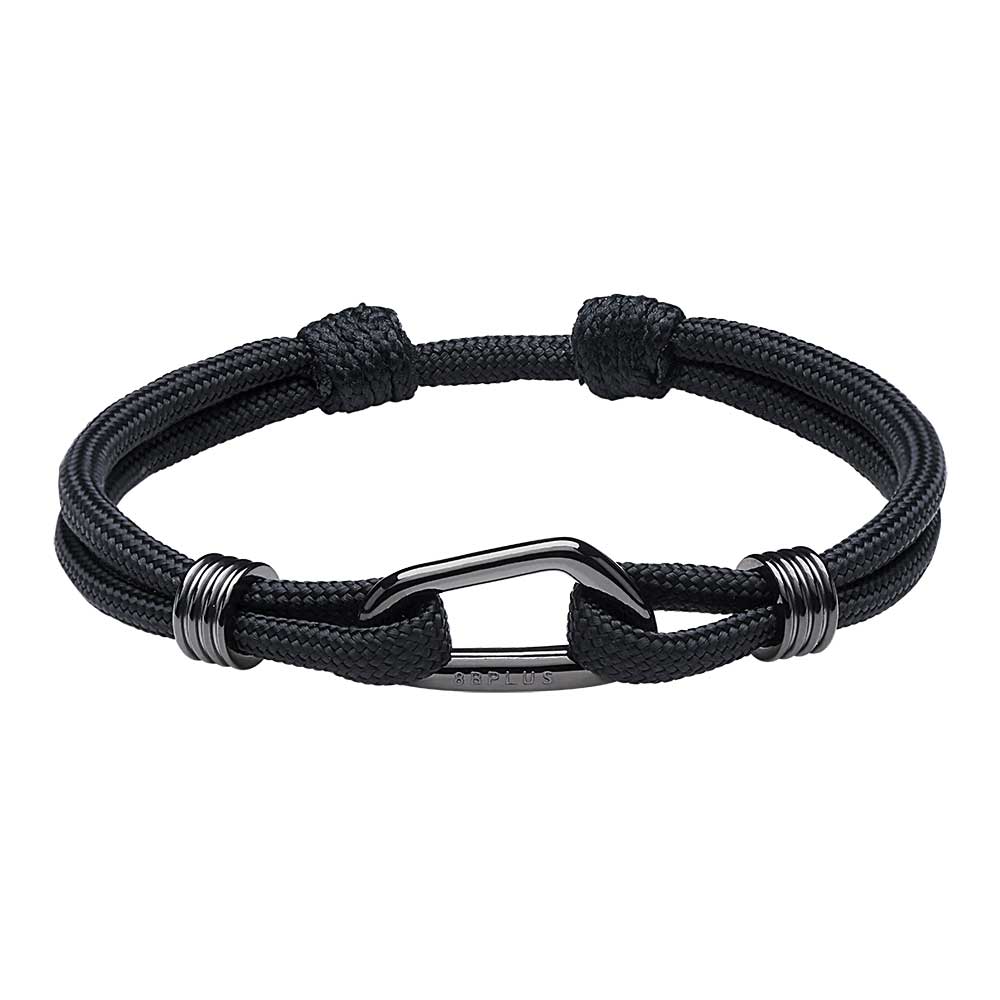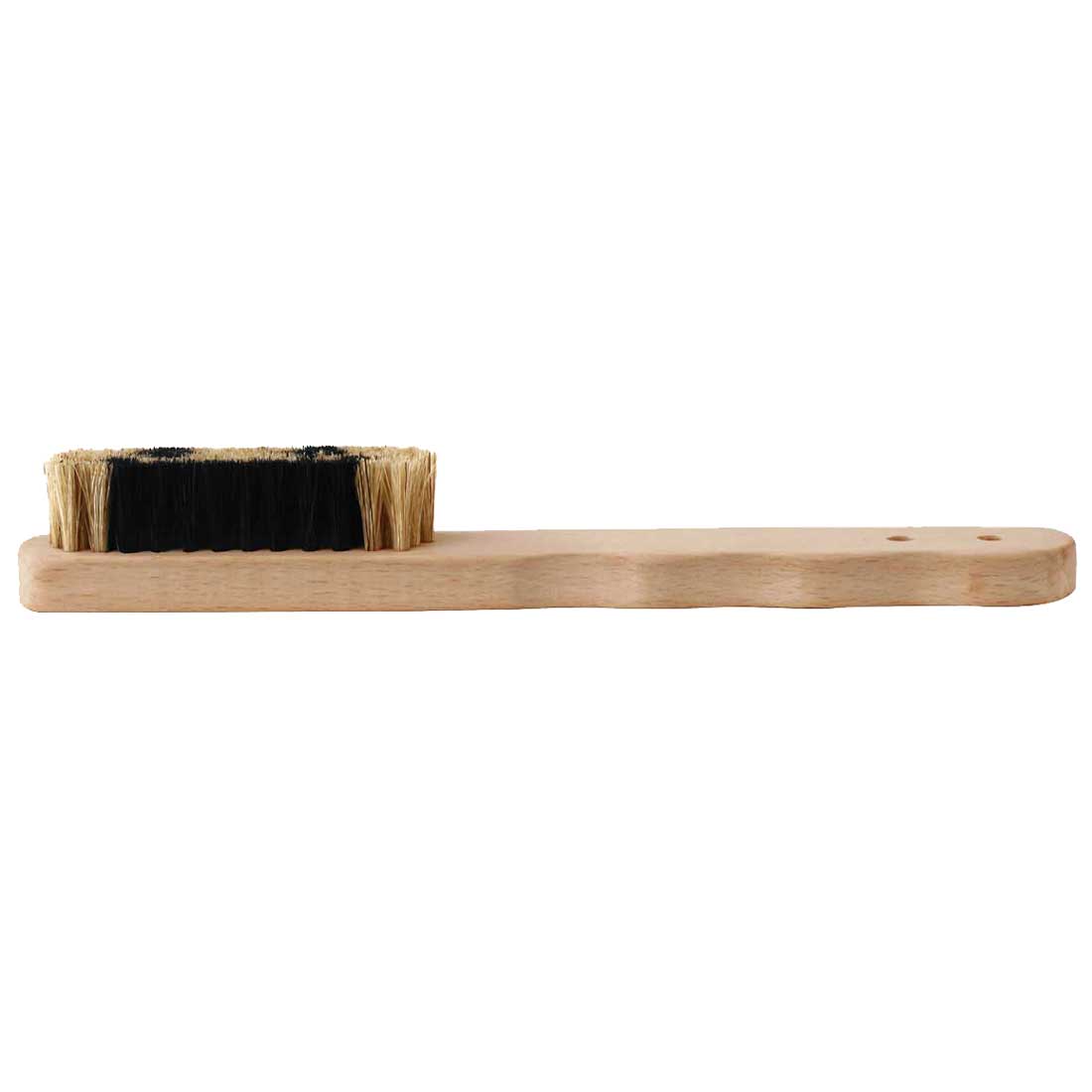
Rock Climbing Muscles: 5 Major Muscles The Wall Works

If you’re a rock climber, you’re doing yourself a lot of good! Rock climbing is one of the most physically-intensive sports you can take part in and it also provides a handful of mental health benefits.
When you rock climb consistently, you’ll see significant development in several muscles, making it a solid way to train those parts of your body.
Want to learn more? Let’s take a look at the top five rock climbing muscles.
1. Your Lats
It should come as no surprise that your latissimus dorsi (often referred to as ‘lats’) are one of the major muscle groups worked when climbing.
When pulling yourself up the wall (especially when your arms are fully extended), you’re engaging your lats and other back muscles to facilitate your ascent. You’ll hit this muscle from every angle possible as you move vertically and laterally up the wall, leading to significant development over time.
2. Your Biceps
Your biceps are the muscles of the upper arm that are used to bring your hands closer to your body. Stimulation of this muscle group also occurs when you pull your body toward your hands.
In conjunction with strong lats, strong biceps are sure to increase how efficient you at scaling the wall.
3. Your Forearms
You won’t’ get very far while rock climbing if you have a weak grip. Luckily, it doesn’t take very long to develop this since you’re constantly hanging off the wall with your fingers.
Interestingly enough, there aren’t many muscles in your hand that facilitate gripping– your forearms are mostly engaged.
Want to see for yourself? Roll up your sleeve and move one finger up and down. You’ll see muscle activity from your finger all the way to your elbow. This is the same movement you use to grip an object.
If you move your finger side to side, you’ll notice very little forearm activity.
While strong hands can make it easier to maneuver while holding ledges, strong forearm muscles are responsible for a strong grip.
4. Your Core
In order to keep your body upright while climbing, your core will naturally engage. As you scale the wall, you’ll also use your core to keep your pelvis and chest aligned while pulling yourself upward.
This especially comes into play when climbing up a particularly steep part of a wall, as a strong core is necessary to maintain proper alignment as your body position becomes inverted.
5. Your Calves
When you stand on your toes to reach the next hold, you’re engaging your calf muscles.
They’re also used to maintain your foot position when your foot is on a ledge above your body. Pulling yourself up while keeping your toes on the ledge requires solid calf development.
Someone with weak calves may not be able to keep their heel raised as they pull themselves upward to the ledge their foot is on, putting them at risk of a fall.
Rock Climbing Muscles: Final Thoughts
With the above information about rock climbing muscles in mind, you’ll be well on your way to getting stronger and progressing toward new milestones.
Want to learn more about what climbing gear is best for you? This page has plenty of useful info.

